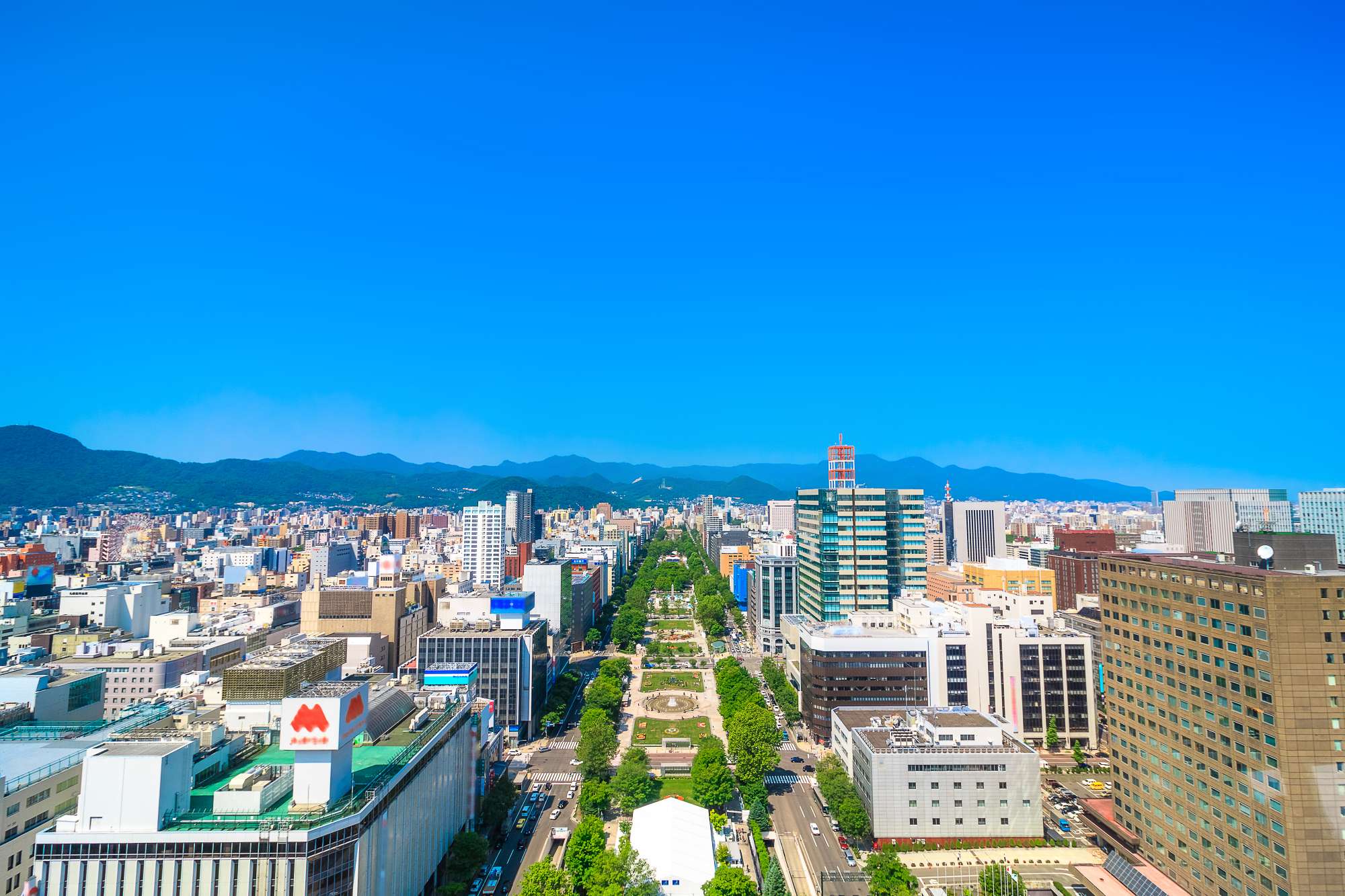
Premiering earlier this month on 10th April, the 4th series of Race Across the World pits 5 pairs of adventurers against each other as they attempt to cross Asia, all without their phones, the internet, and other essentials. The first episode began with the groups departing from Sapporo, the capital of the northernmost island of Hokkaido. Endeavouring to reach the city of Nara as their first checkpoint, and restricted from using the shinkansen bullet trains, the groups had to find their own ways through Japan. Let’s look at some of the spots that the pairs visited along their journeys!
Sapporo
The pairs all start in the bustling city of Sapporo, right underneath the iconic Sapporo TV Tower, near the equally famous Odori Park, which hosts the annual Snow Festival in February. The tower stands at 147 metres and was built in 1957. If you are ever in Sapporo, it is one of the best ways to tell the time, as it has a large digital clock partially up the structure.
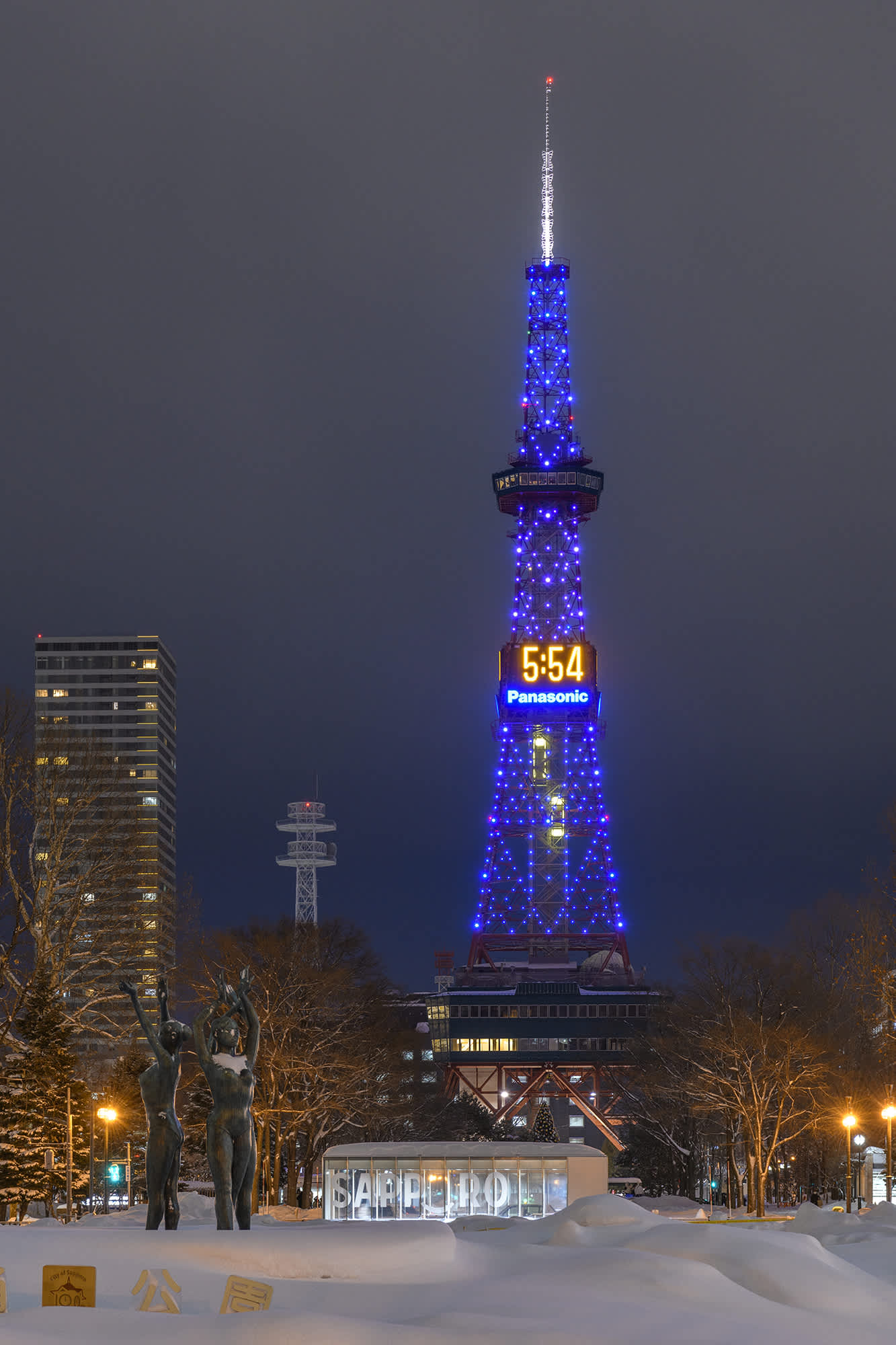
The groups also visited both Nakajima Park and Sapporo Gokoku Shrine, both located centrally in the city. Nakajima Park is full of nature and scenery, a great place to take a walk in the warm summer months, or even in the deep snow of winter. Sapporo Gokoku Shrine is also located inside Nakajima Park, and dates to 1888, with many events held around the year.

Many of the groups took their own paths down through the country, heading either via the east or the west coasts. The modes of transport also differed. Within Japan there is a huge variety of transportation methods that you can choose, outside of the trains. Many of the groups chose ferries, landing at places such as Hachinohe in Aomori Prefecture or Sendai in Miyagi Prefecture.
Tono
Located in Iwate Prefecture, Tono is famous for its folklore history, including the mystical creature known as a ‘kappa’. The kappa is a character from Japanese folklore, imagined as a small green creature that lurks in rivers and water (though the kappa in Tono are supposedly red!), attacking those, especially children, that come too close. The kappa has a dish on its head that contains water, and if they spill any of it, it weakens their powers. Seen often in Japanese art and media, this creature has become quite well known. The city also has an open air museum, where you can see historical L-shaped houses, which let people and horses live under the same roof.
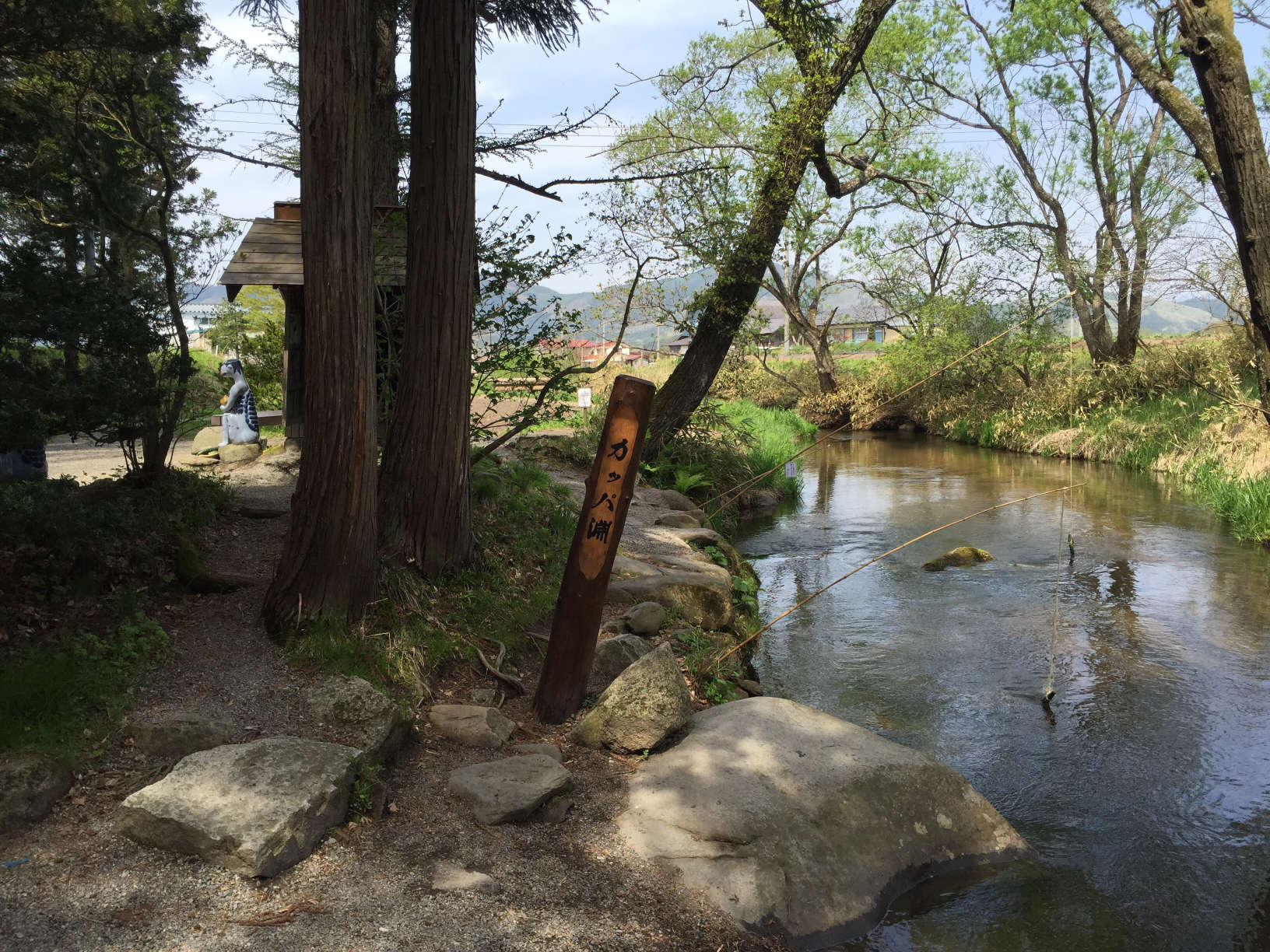
Matsushima Bay
Visited by Betty and James, and known in Japan as one of the Three Great Scenic Spots of Japan, Matsushima Bay is located in Miyagi Prefecture, near the capital city of Sendai. Just a short train ride away, you can experience some wonderful natural rock features and islands out in the water. From the historic temples of Zuiganji and Entsuin, you can also cross a mystical red bridge to the island of Fukuura, and get a taste of what it is like to explore the rocky areas. Another great view of the bay can be had from nearby Shiogama Shrine, but be prepared to climb up some stairs. As Matsushima is situated right on the coast, the seafood is some of the freshest you can get, head over to the Matsushima Fish Market to get some delicious eats as well!

Sado Island
Mother and daughter Eugenie and Isabel decided to explore Sado Island on their way to Nara. The island was historically used as an exile spot, but now is famous for its former gold reserves and traditional activities. Myosen-Ji temple, which dates back to 1278, has a strong connection with the founder of Nichiren Buddhism and has a stunning 5 storey pagoda on its grounds. Sado Island is accessed by boat or ferry taking around an hour on a faster jetfoil. On the island you can feast on some delicious Niigata rice, or pan for gold if you are feeling lucky. The island is also famous for taiko drums, you can undertake a taiko experience, and learn what it is like to hit these traditional drums.

Tokyo
Tokyo is Tokyo, not much explaining is needed for this megacity and capital of Japan. Many of the groups eventually made their way here, and some spent time in the area experiencing some of the local culture. One particular festival that people were able to attend is entitled ‘Nakizumo’, essentially ‘crying sumo’. With professional sumo wrestlers in attendance, this festival endeavours to give young babies long and prosperous lives by having them shed a few tears.
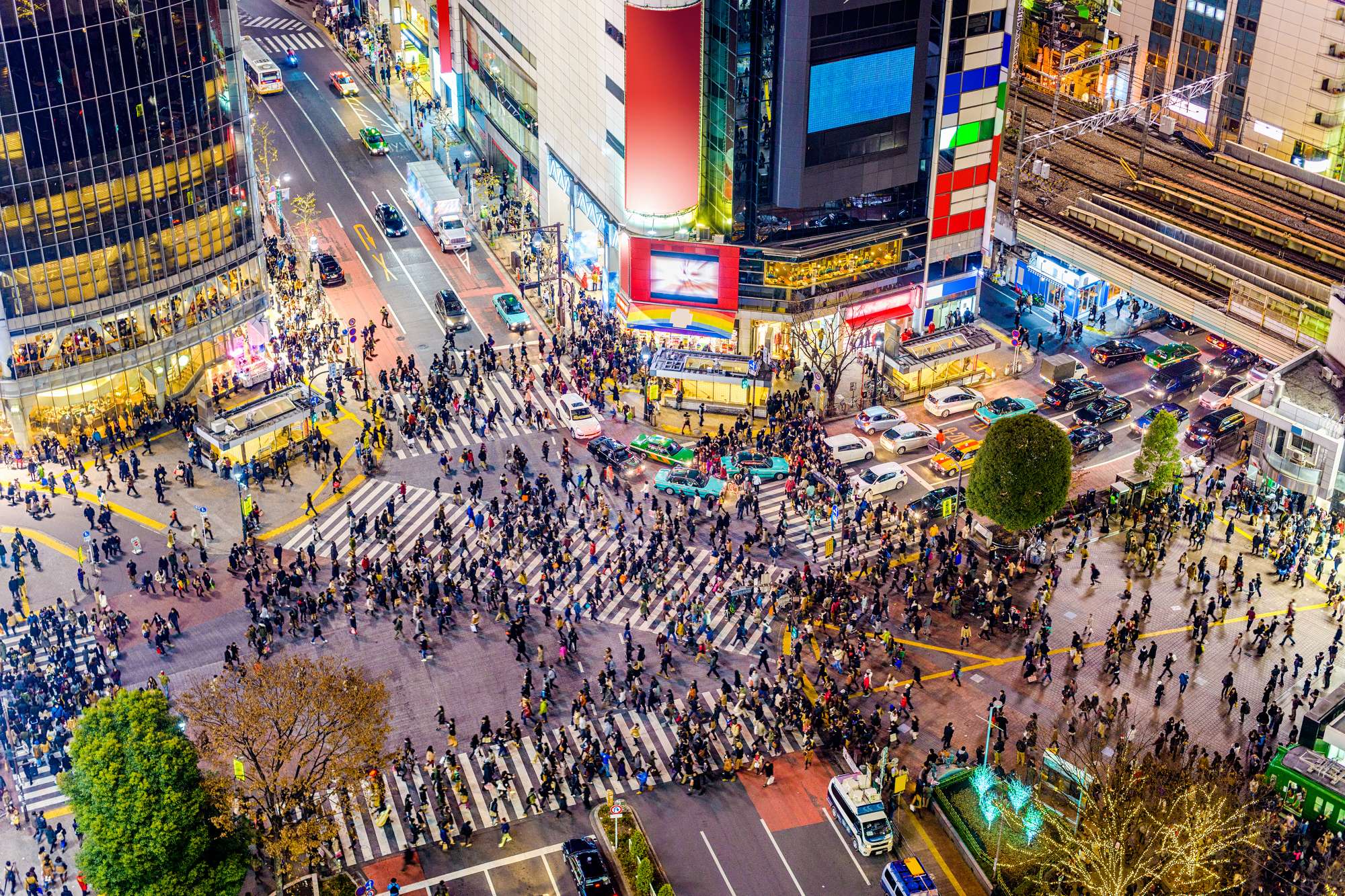
Mt. Fuji
The most famous peak in the country and one of the most famous mountains in the world, there’s no wonder that people would want to see Mt. Fuji. A few hours by train away from Tokyo, this mountain is surrounded by five lakes, all of which give great views of the peak. In the summer months you can even attempt to summit the 3,776 metre tall mountain. Alfie and Owen decided to make a short detour near the mountain, hoping to find a quick route from Lake Kawaguchi onwards to Nara. They helped out at some local campsites on the way, but found that they needed to backtrack to Tokyo to reach their final destination.

Toba
Brydie and Sharon decided to take a different route, ending up in Toba City, in Mie Prefecture, southwest of Nara. In the Toba area, they met with the storied Ama divers, who would dive into the sea to catch fish and other food. Located slightly east of the grand Ise Jingu, Toba city has an abundance of natural scenery and beautiful vistas. The area is also famous for pearls, a visit to the Pearl Museum will teach you all about these stunning pieces. Being situated right on the coast similar to Matsushima, you can find some incredibly fresh seafood in the area. And of course, you cannot forget the soothing onsen waters, you can take in views of the sea while keeping yourself warm.

Hotaka
We also got to see Stephen and Viv have a wonderful experience pulling wasabi from a wasabi farm, and getting to have it fresh alongside some grilled meat. They were able to converse with the local farmers, learning more about the local culture and skills required to farm the famous plant. The area of Azumino and Hotaka, located in central Nagano, is a beautiful spot situated right next to the stunning Japanese Alps. The area is filled with experiences for all interests from a variety of art museums to a silk museum, to hikes to nearby Mt. Hikarujo. One of the most popular spots to visit in the area is the Daio Wasabi Farm, more than 100 years old and responsible for 10% of Japan’s total wasabi production. Why not try some wasabi wine or wasabi ice cream while you’re here?
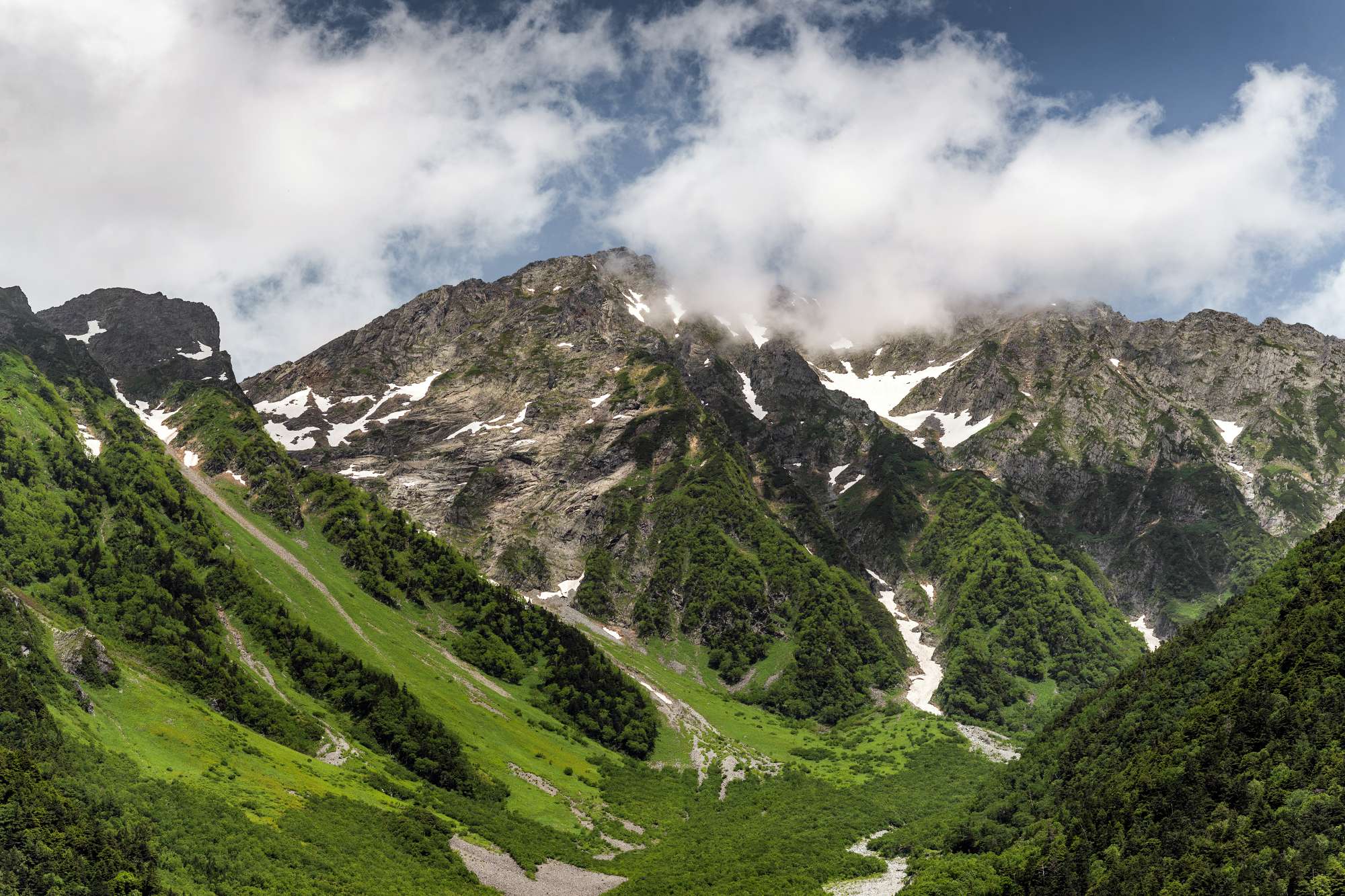
Nara
The final destination and first checkpoint for the Race Across the World, Nara is a deeply historical city near the hubs of Kyoto and Osaka. The most famous spot in the city might be the Buddha statue in Todaiji Temple, standing (or sitting) at nearly 15 metres tall, housed within the largest wooden structure in the world. Another famous attraction of the city is Nara Park, where you can encounter the well known bowing deer. The participants visited Gango-Ji temple, a UNESCO World Heritage site filled with special statues and a small model of a 5 storey pagoda. Dotted around the grounds are also 5 oni statues that you can seek out. Nearby Sarusawa Pond is also a peaceful retreat, giving views of the five storey pagoda of Kofuku-Ji Temple and allowing for tranquil walks around the area.
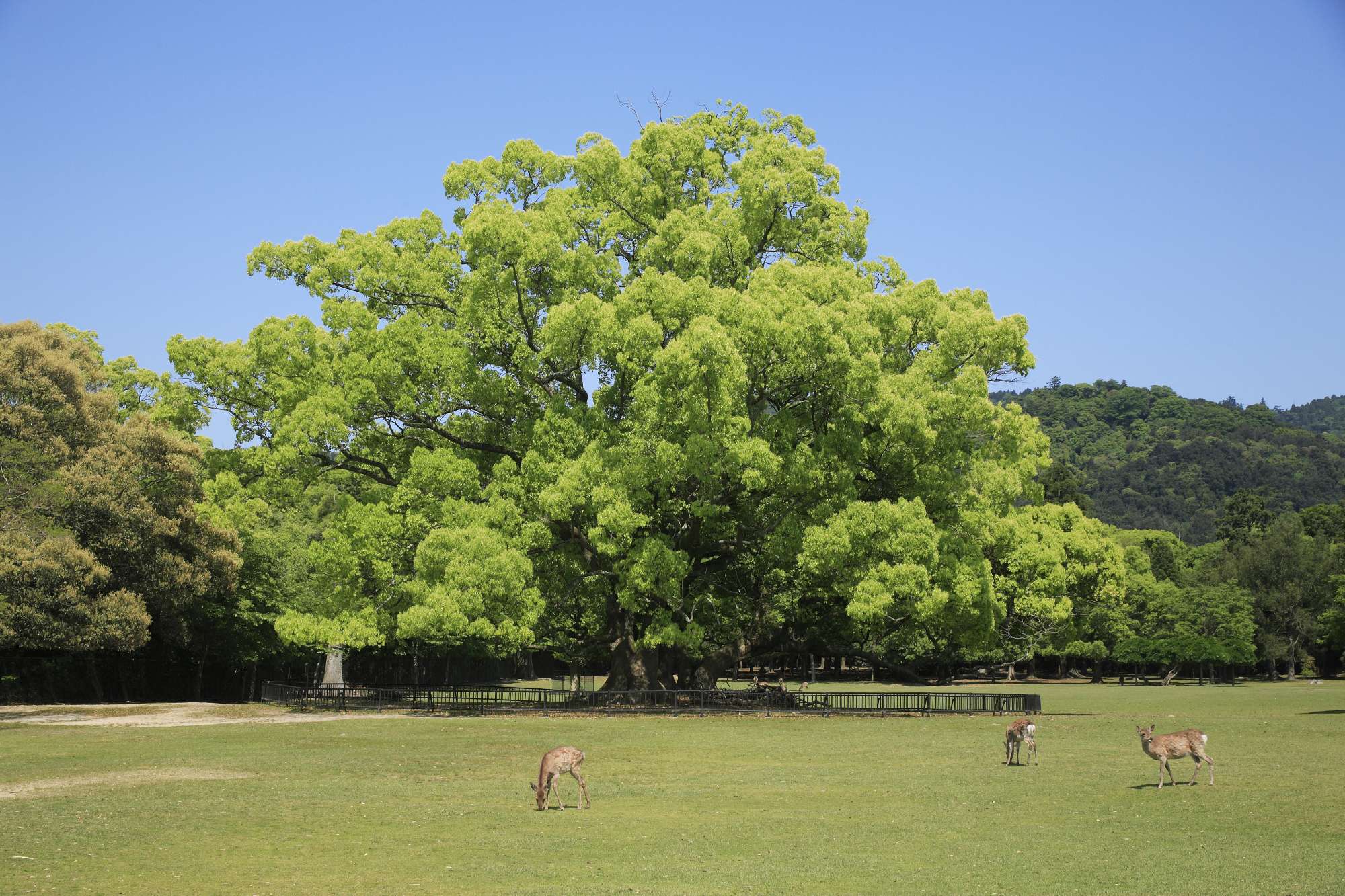
The racers all took their own paths down the country, but all eventually ended up making it to their final checkpoint. Japan showed again that it is a world class destination, filled to the brim with things to do and see, no matter where you go in the country. Maybe one day you too can have your own race across japan!
Race Across the World is airing on BBC, and can be seen on BBC iPlayer!
Stay tuned for the second part of this series, where we cover the locations travelled in the second episode of the series!

















































